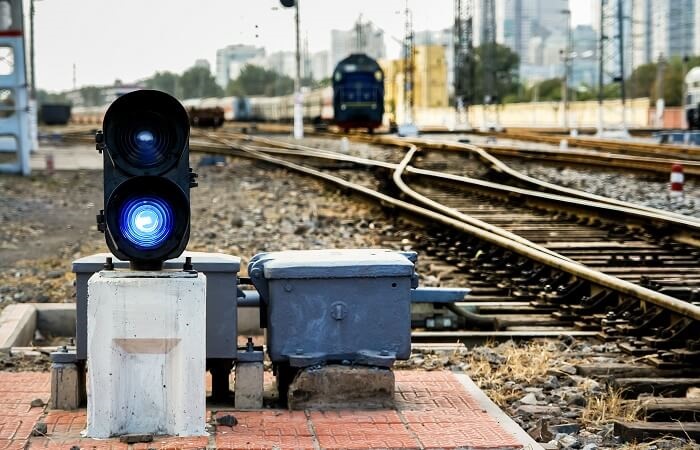Why Are People Still Driving Around Lowered Gates at Railroad Crossings?
National Rail Safety Week is a perfect time to draw attention to the right behavior around train tracks.
National Rail Safety Week is a perfect time to draw attention to the right behavior around train tracks.

History reminds us of some of the deadliest train wrecks in the U.S., including the anniversary of a Connecticut derailment 50 years ago last month that has inspired renewed calls for the implementation of Positive Train Control technology. Most deaths involving trains are preventable and involve lapses in judgement, which means we can one day create 100% safe operations for our nation’s trains.
Given what we know about the physics of a speeding locomotive, it seems unfathomable anyone would try and race a train through a crossing. No one wins when that race is lost. Yet in the U.S., a person or vehicle is hit by a train every four hours, and most of these incidents occur at a grade crossing, where the tracks meet the road.
While the National Transportation Safety Board continues to push for the implementation of Positive Train Control to alleviate train derailments and head-on train collisions, we all need to make rail safety a priority for ourselves and our families.
Deaths and injuries related to train crashes continue to happen every single day at grade crossings. In fact, the number of drivers going around lowered gates has spiked in recent years. National Highway Traffic Safety Administration crash data tells us:
Every roadway-rail crossing fatality is preventable when extra precautions are taken around tracks:
National Rail Safety Week is Sept. 22-28. The goal of the annual Operation Lifesaver campaign is zero – zero incidents, zero injuries, zero fatalities. It’s a perfect time to remind ourselves there is never a situation when racing a train is worth it. The odds are always stacked against you.
With a century-long legacy, the National Safety Council is a global center for safety expertise. Let's work together to align resources. We look forward to learning about ways we can join efforts to expand safety everywhere!
There are no items in your cart